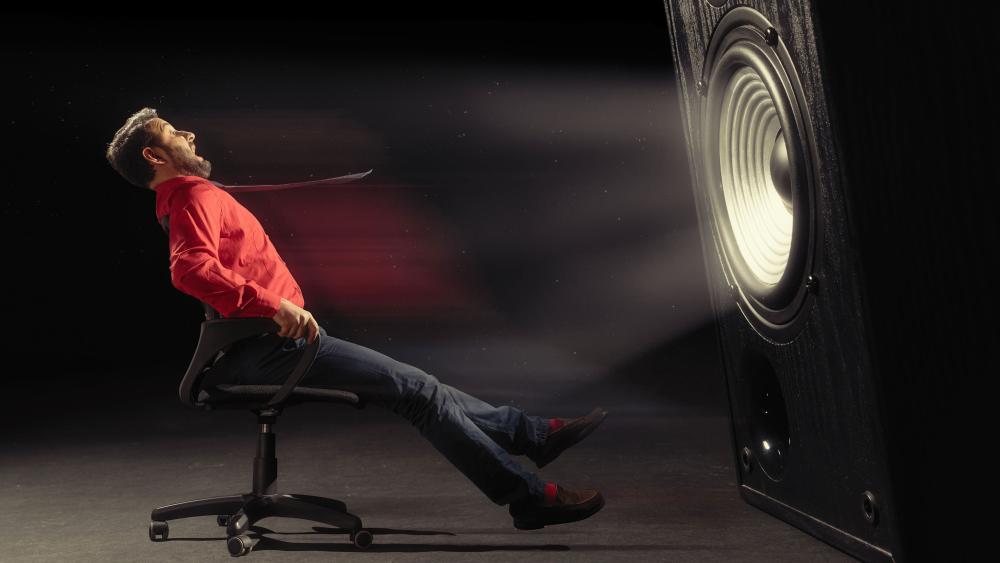
How to Tune Your Subwoofer Like a Pro (No Guesswork)
Getting deep, clean bass isn’t just about buying the biggest subwoofer—it’s about tuning it right. A properly tuned sub can make your system sound tighter, fuller, and more immersive, while a poorly tuned one can ruin even the most expensive setup. The good news? You don’t need to be an audio engineer to dial it in like a pro.
Let’s walk through how to tune your subwoofer with precision—without guesswork or frustration.
Step 1: Understand What You're Tuning
Before diving in, it's important to know what each setting actually does:
-
Gain: Controls the input level going into your sub amp—not the volume.
-
Crossover: Determines what frequencies your sub will play.
-
Phase: Aligns your sub with the rest of your speakers.
-
Bass Boost: Enhances output in a narrow frequency band (use cautiously!).
These are your tools for sculpting tight, responsive bass that complements your mids and highs.
Step 2: Start with Proper Settings
Here’s a basic starting point:
-
Crossover: Set the low-pass filter between 70Hz to 90Hz.
-
Gain: Begin with gain at zero, then slowly increase until just below distortion.
-
Bass Boost: Set to 0 or minimal—don’t rely on this for loudness.
-
Phase: Try both 0° and 180° to see which gives better bass response (especially if your sub is in the trunk or rear).
Step 3: Use the Right Tools (or Your Ears)
If you want results that go beyond trial and error, consider using a test tone CD, an SPL meter, or a digital signal processor.
For example, the Deaf Bonce DB-530DSP lets you fine-tune crossover points, EQ curves, and time alignment all from a mobile app or PC interface. With tools like this, you can adjust your sub’s performance down to the millisecond or 1/10th of a decibel—giving you exact control that manual knobs can’t match.
Step 4: Match Sub Timing with the Front Stage
Many bass issues come from timing, not volume. If the sub hits too early or late compared to your door speakers, it can cause phase cancellation or muddiness.
Using time alignment (manually or with a DSP), you can delay your subwoofer signal slightly so that bass reaches your ears in sync with the front stage. Even a delay of just a few milliseconds can completely tighten up the low end.
Step 5: Tune by Genre
Once you’ve got a base tune, test with a few tracks you know well. Hip-hop, EDM, and rock all stress different parts of your sub. If you notice:
-
Too boomy? Lower the gain or reduce bass boost.
-
Bass sounds detached? Adjust the crossover lower or check the phase.
-
Flat response? Use EQ or DSP to add subtle boosts in problem areas (like 50–60Hz).
Step 6: Recheck at Different Volumes
A setup that sounds good at low volume might fall apart when you crank it. Always fine-tune your subwoofer at both low and high volume levels to ensure consistency. Pay attention to:
-
Bass distortion or clipping
-
Balance with front and rear speakers
-
Rattles or interior vibrations
If you’re using a processor like the deaf bonce db-530dsp, set up separate profiles for daily driving vs demo modes.
Step 7: Don’t Overdo It
A pro tune isn’t about being loud—it’s about being clean, punchy, and balanced. Overpowering your sub can drown out vocals and create a muddy wall of sound. Let your sub complement the music, not dominate it.
Final Thoughts
Tuning your subwoofer doesn’t have to be complicated or confusing. With a structured approach, a few tools, and the right hardware, you can dial in bass that feels tight, musical, and perfectly in sync with the rest of your system.
And if you’re aiming for next-level control and tuning precision, a DSP like the Deaf Bonce DB-530DSP gives you the flexibility to tune your system like the pros—without the guesswork.
